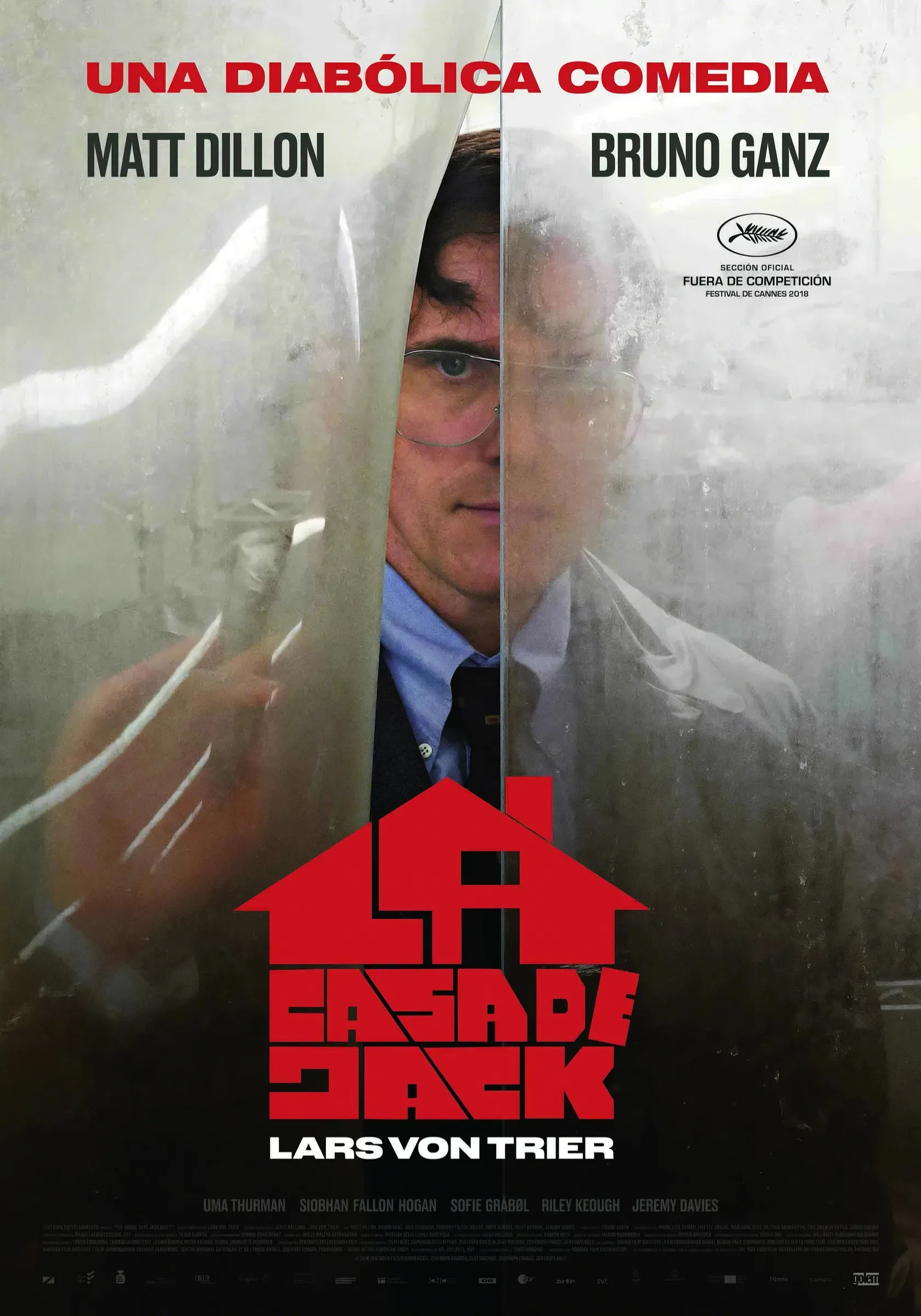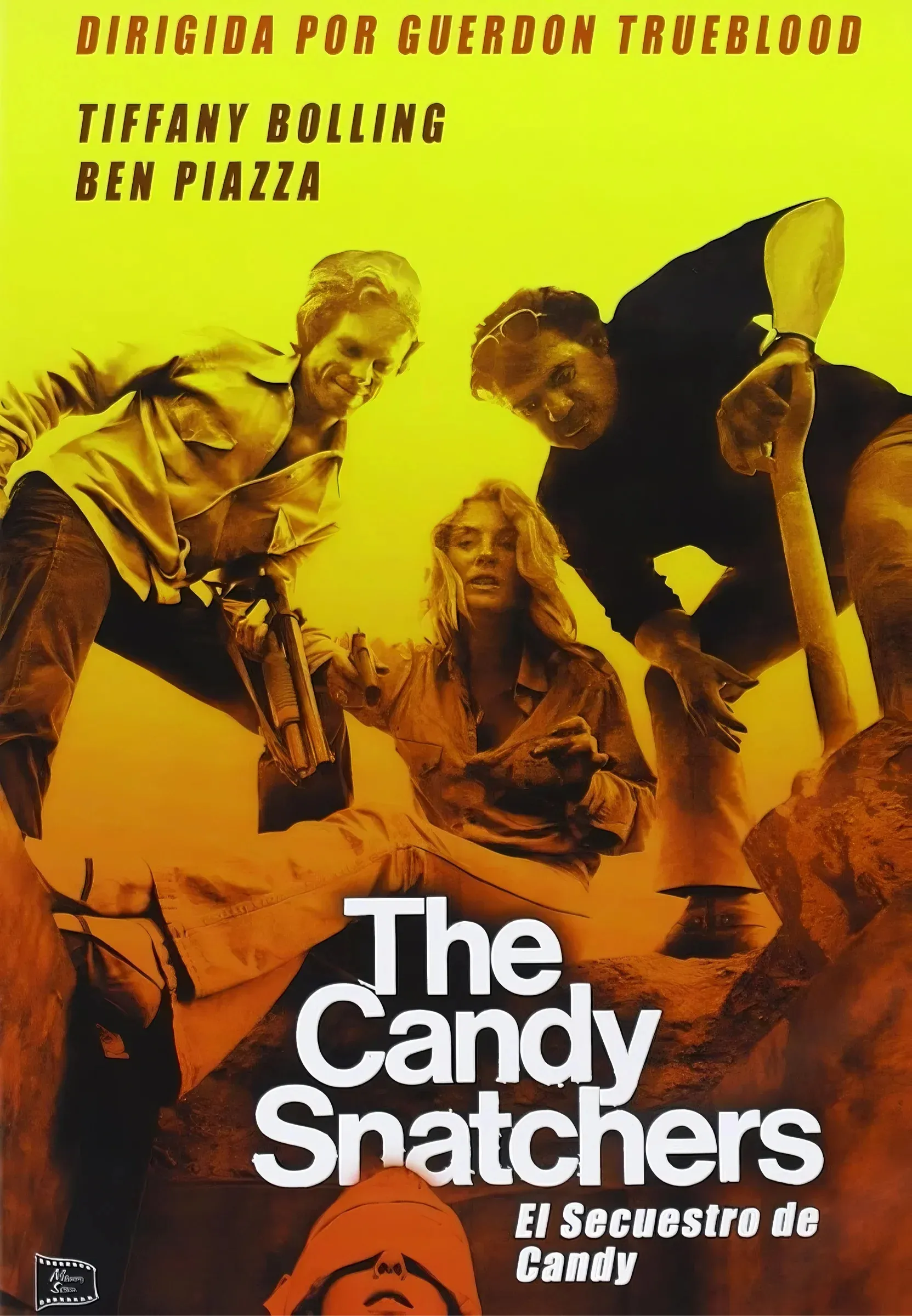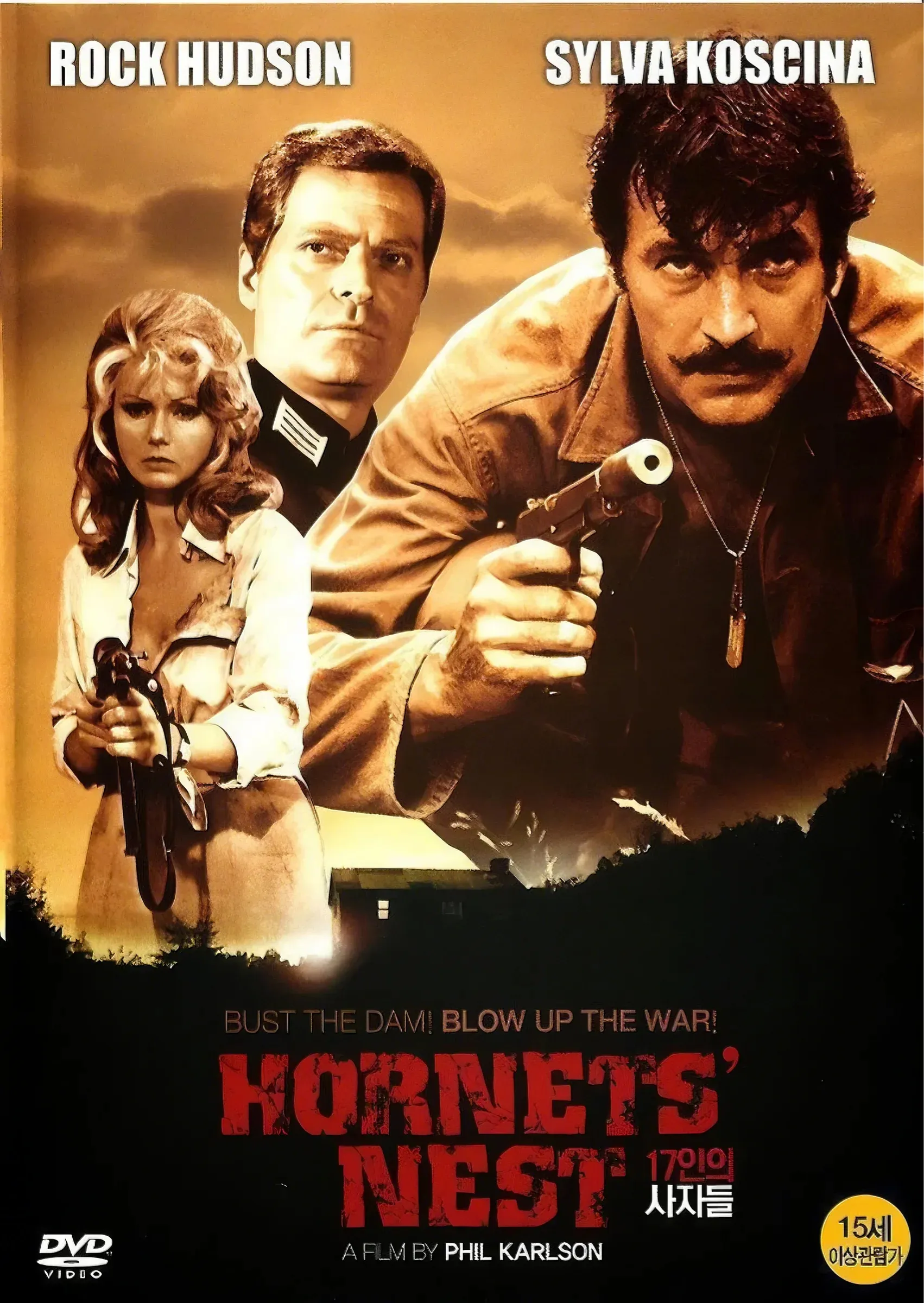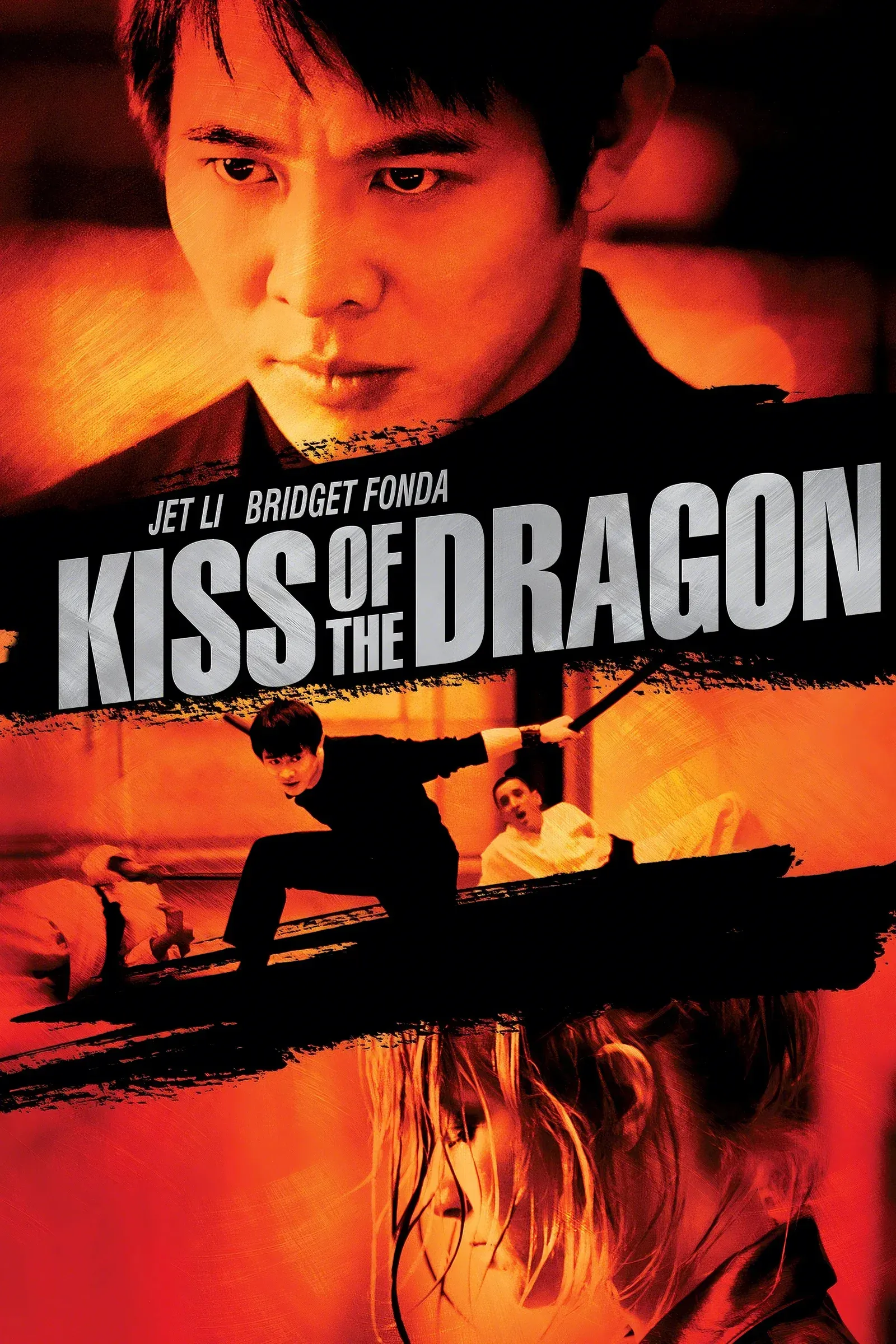The House That Jack Built (2018) – In-Depth Review
Lars von Trier’s The House That Jack Built is an uncompromising and deeply unsettling psychological horror film that delves into the twisted mind of a serial killer. Told through the perspective of Jack (Matt Dillon), a highly intelligent but sociopathic murderer, the film presents his crimes as a series of confessions to an enigmatic figure named Verge (Bruno Ganz). Through five meticulously crafted incidents, von Trier explores Jack’s evolution as a killer, his obsessive need for perfection, and his chilling belief that murder is a form of artistic expression.
Plot & Structure
The film is structured as a conversation between Jack and Verge, taking place in a dark void as Jack recounts the key murders that define his descent into depravity. Each incident represents a different phase of his development:
- The First Incident – Jack meets a stranded woman (Uma Thurman) who mocks him and underestimates his potential for violence. He impulsively kills her with a car jack, setting off his transformation.
- The Second Incident – Jack preys on a lonely widow (Siobhan Fallon Hogan), manipulating his way into her home before coldly murdering her.
- The Third Incident – In one of the film’s most disturbing sequences, Jack targets a mother and her two children, brutally killing them in a calculated and sadistic display of control.
- The Fourth Incident – Jack’s growing obsession with his "art" leads him to experiment with taxidermy and extreme psychological torment, keeping a woman alive while he slowly mutilates her.
- The Fifth Incident – Now completely detached from any semblance of humanity, Jack captures multiple victims and attempts to create his ultimate masterpiece—a perfect murder that pushes his limits further than ever before.
As the film progresses, Jack’s monologues become more philosophical, drawing comparisons between himself and great artists like Glenn Gould and William Blake. He rationalizes his killings with elaborate metaphors, insisting that destruction is an essential part of creation. However, his arrogance and compulsion ultimately lead him to his downfall.

Themes & Symbolism
Von Trier’s film is more than just a disturbing portrait of a serial killer—it is a meditation on art, violence, and the nature of evil. Jack’s journey is deeply symbolic, reflecting his belief that he is a misunderstood genius rather than a psychopath. His conversations with Verge serve as a philosophical debate, with Verge often challenging Jack’s justifications, acting as a voice of reason and moral opposition.
The film also explores the idea of male violence and cruelty, particularly in the way Jack manipulates and tortures his victims. The frequent use of archival footage, paintings, and classical music juxtaposes beauty with horror, reinforcing von Trier’s exploration of the fine line between artistic brilliance and monstrous cruelty.
Performance & Direction
Matt Dillon delivers a career-defining performance, portraying Jack as both charismatic and terrifying. His cold, calculated demeanor makes him a deeply unsettling protagonist, while his darkly humorous moments add layers to his complex character. Bruno Ganz, as Verge, brings a quiet authority to the film, serving as Jack’s moral counterweight and eventual guide into the underworld.
Von Trier’s direction is both meticulous and provocative, employing a mix of handheld camerawork, dreamlike sequences, and surreal imagery. The film’s final act takes a dramatic turn into the metaphysical, as Jack is led by Verge through a Dante-inspired descent into Hell, culminating in a breathtaking visual spectacle that leaves viewers questioning the true nature of Jack’s fate.

Violence & Controversy
Upon its premiere at the Cannes Film Festival, The House That Jack Built sparked outrage, with many audience members walking out due to its graphic violence. Scenes involving the murder of children and extreme psychological torment make it one of von Trier’s most disturbing films. However, for those willing to endure its brutality, the film offers a thought-provoking exploration of the human capacity for evil.
Final Thoughts
The House That Jack Built is not a film for the faint of heart. It is a relentless, challenging, and often nihilistic examination of violence as both a destructive force and a twisted form of creation. Lars von Trier does not provide easy answers, leaving the audience to interpret Jack’s journey for themselves.

For some, this will be a cinematic masterpiece—a daring, intellectual horror film that provokes deep reflection. For others, it will be an unbearable exercise in depravity. Regardless of where one stands, it is an unforgettable experience, proving once again that von Trier remains one of cinema’s most fearless and controversial auteurs.
⭐⭐⭐⭐⭐ (For fans of psychological horror and avant-garde filmmaking)




